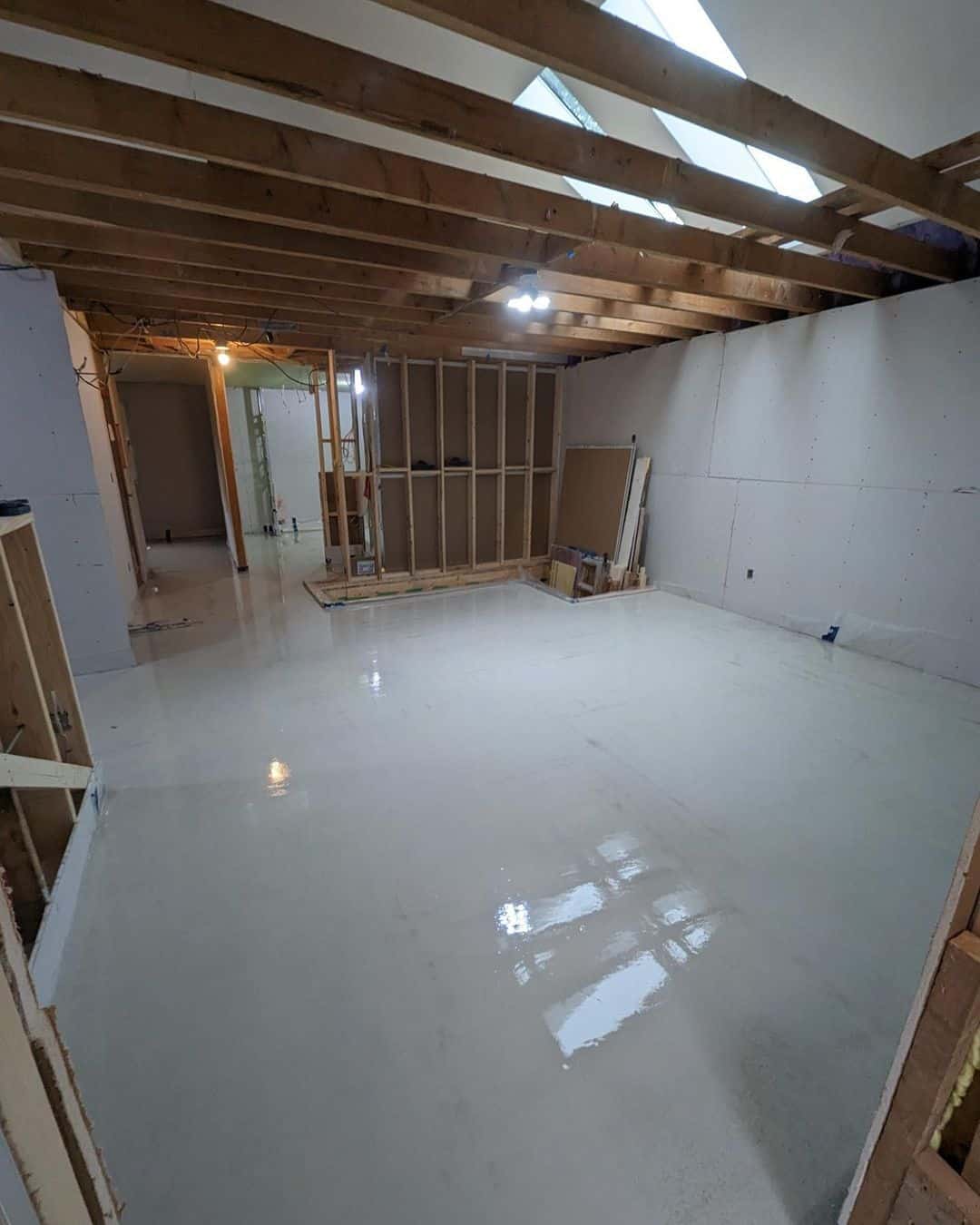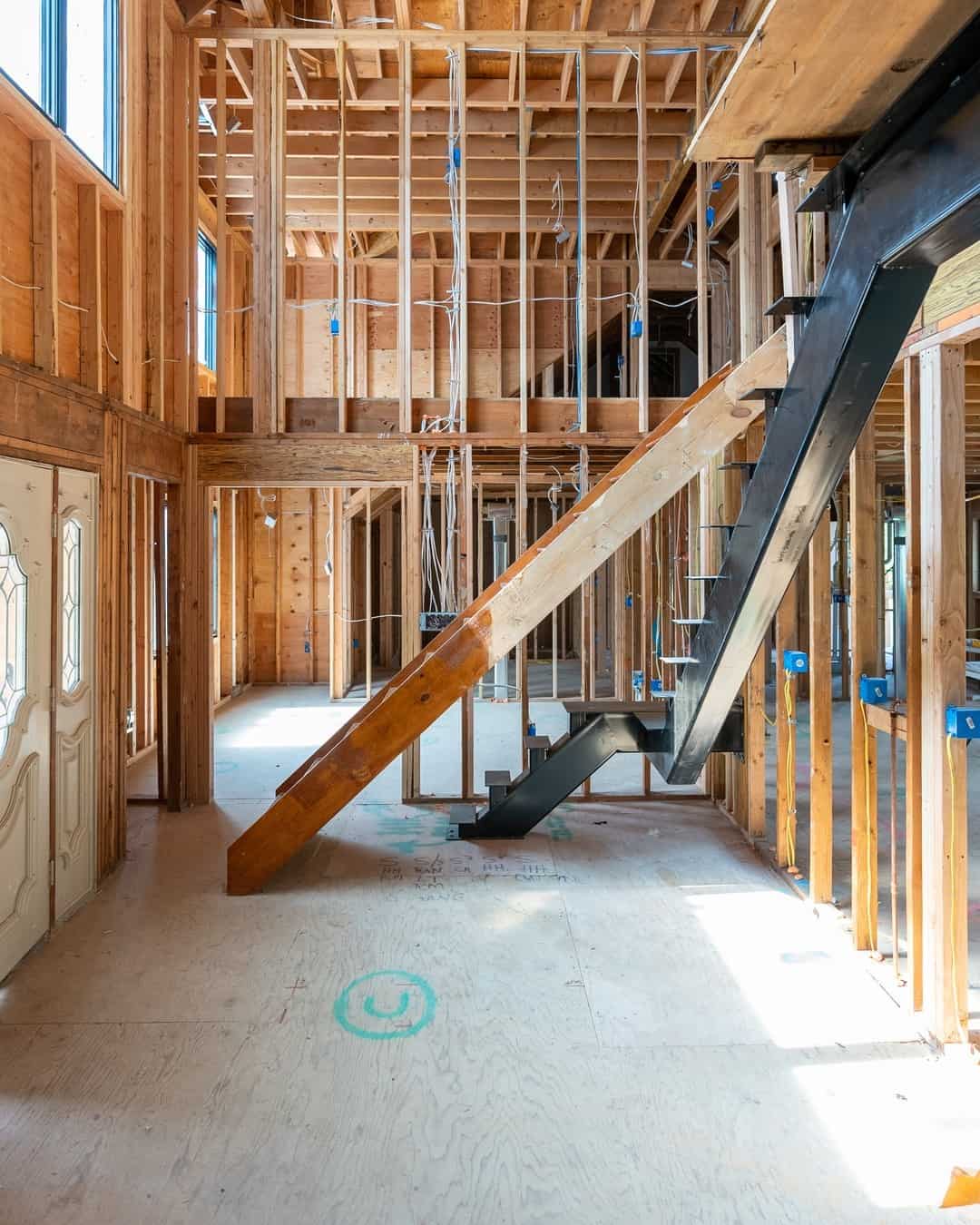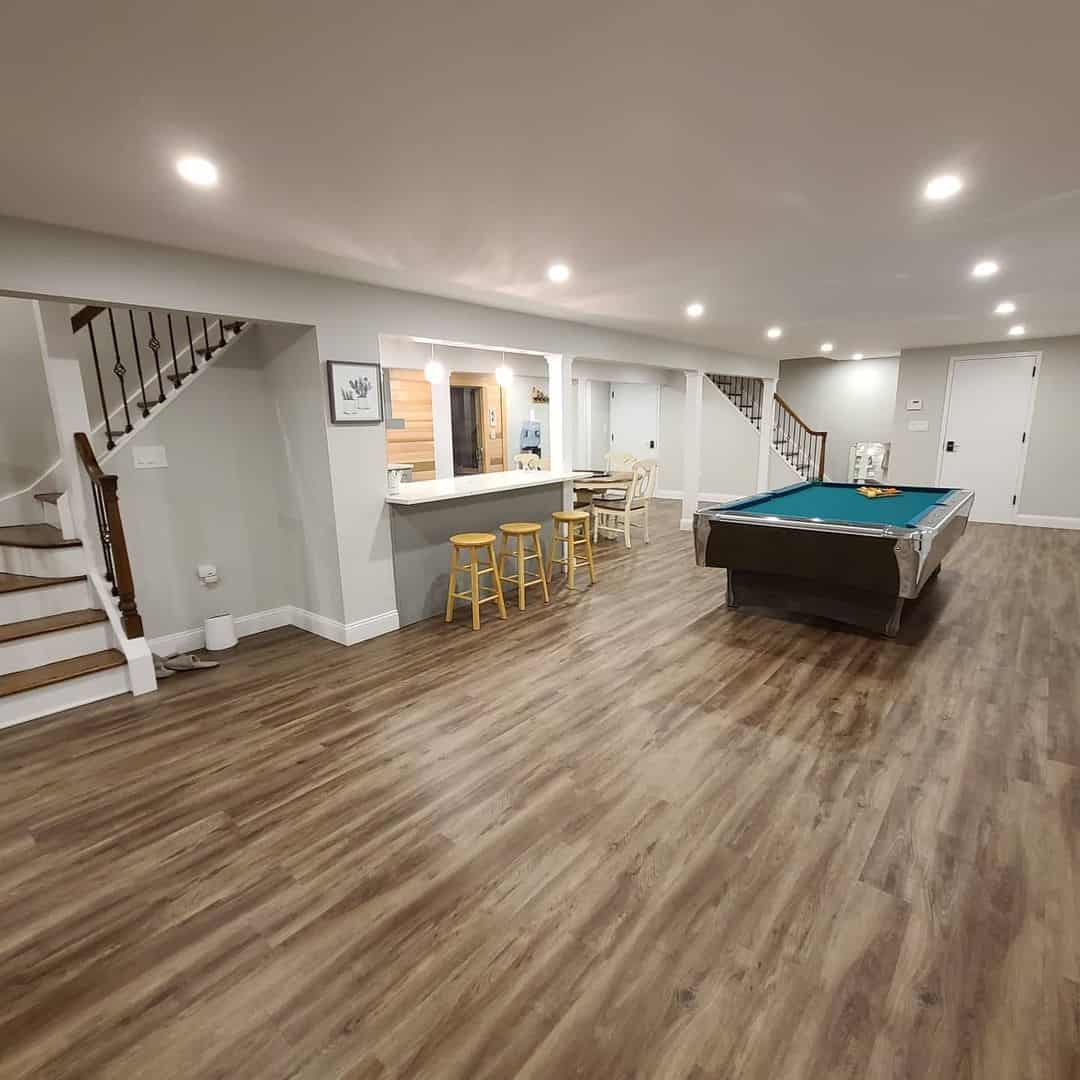Do you want to incorporate a basement in your home? Before you kick off with this rather big investment, you have to learn the ins and outs of having a basement, from the key processes to the materials used. On top of that, you should know what is the cost of digging out the basement.
So, let’s take a closer look at the pricing for you to prepare your budget in advance. Likewise, we will include other relevant information for your guidance.
Table of Contents
Why basements are pivotal in every home?
Basements are widely utilized in most homes because of two things―to protect during tornado and to provide extra storage for your stuff. Likewise, since basements are generally built below ground, these are used as part of the home foundation, focusing on the stability and longevity of the structure itself.
Because of these aspects, many opt to create a basement to safely anchor the house to the ground while also providing additional living space or storage space. In general, basements serve as the best location for water pressure tanks, drainage systems, and furnaces.
Likewise, basements may be transformed into a more private rooms, a home office, or even a gym. Whatever you want, it is a usable space that adds value to the entire home cost. Yep, and this is one of the reasons why having a basement has been a requirement in most homes.

What are the things and costs to consider when building a basement?
It’s very important to have thorough planning before you start digging out your basement. To help you out, below are the key factors and their corresponding cost.
1. Start with the building permits ― $1,200 to $2,000
When it comes to building structures or substantial renovation, every state follows a certain set of requirements. And for each requirement, there are specific fees that you need to comply to pursue with the construction. Failure to get a permit generally results in a hefty fine and even legal action.
The costs of building permits, however, vary depending on the nature of the project as well as the location. For instance, building a house (including a garage) requires a permit of around $1,200 to $2,000 whereas garage conversion ranges from $1,200 to $1,500.
This price range is generally expensive because of other relevant permit fees such as HVAC systems, plumbing, and electrical wiring installation. And if your house requires a sewer line, then that is another expense.
And of course, progressive locations like California, New York, and Texas have pricier permits. Therefore, you have to consider the above-mentioned aspects to carry on with the next step.
2. Prepare for the raising of the structure ― $3,045 to $20,000
Once you have accomplished the permits and governmental fees, it’s time to lift the home from the ground. Bracing the structure can be a very challenging task, hence this should only be done by a professional. Generally, the general contractor outsources this task to a foundation repair specialist.
The foundation repair specialist is adept in lifting the house, following either one of the two main methods―underpinning and raising. The former encompasses the bracing of the elevation foundation footings one by one while the latter focuses on using hydraulic jacks to raise the structure.
Both techniques are imperative in preventing cracks in the wall and damage to the ceilings and flooring. However, basement underpinning is more expensive due to the extensive process, costing around $20,000 whereas raising the structure by force via a hydraulic jack is around $3,045 to $9,379.
Meanwhile, if this is not a renovation or an addition, then skip this step. New construction can seamlessly begin with the excavation.

3. Get on with the excavation ― $75 to $150 per cubic yard
Whether you’re building a new home or renovating it, the excavation process is a significant part of creating the basement. Therefore, you should also budget the excavation costs, which vary depending on several factors. So, we will detail all the key elements that take up a section of the total excavation cost:
- Terrain, including the types of soils and possible obstructions
During this step, it’s important to have an idea of the types of soils. Why? It’s because a terrain that is significantly composed of soil or loam is the easiest to excavate. On contrary, excavating rocks can be a challenge, hence the need to maximize different methods, including drilling, hammering, or even blasting.
At present, the basement excavation cost settles around $75 to $150 per cubic yard of dirt. So, if the basement would be at least 1,000 square feet, the total cost would range from $22,500 and $45,000. Aside from the general cost, you also need to consider other elements, like if there’s concrete.
Since breaking concrete surfaces makes the labor intensive, you may incur additional expenses, probably $500 to $1,500. And if the area has many trees within its perimeter, then clearing these and other impediments adds up to the cost.
- Grading
Another thing to factor in is the possibility of grading or the act where a level base or slope is expected to be achieved. In addition, it’s significant to allocate a crawl space, which is the unoccupied section between the ground and the first floor of the house.
- Proposed basement size
The total excavation cost largely depends on the size of the basement. Henceforth, if you’re building a very large one, then you need to ready your bank account for pricier excavation.
- Professional fees
All the above estimates do not include professional fees. Only an experienced team can handle this rather difficult work. Thus, excavation projects are only being managed by professionals, who can expertly assess the terrain and successfully dig the surface without causing damage to the surroundings.

4. Plan out the drainage system ― $2,000 and $5,500
Upon completing the excavation, you may now kick off with the installation of the drainage. Every home needs a proper draining system to ensure an efficient flow of waste from your home. And with well-organized drainage, prevents water accumulation that causes damage to the foundations.
One of the most effective ways to avoid problems related to water like soil damage or flooding is to waterproof. Waterproofing is the process that focuses on the prevention of water penetration in a structure as well as the creation of an unsanitary environment due to dampness.
And to do this work, you need to hire a drainage engineer. Equipped with expertise in designing drainage systems, these individuals can help you accomplish the task easily and successfully.
5. Continue with the plumbing ― $1,000 and $1,300
After the drainage system, you should also plan for the plumbing. This is the method designed to transport fresh and hygienic water into your home.
So, when you turn on the tap, you get clean water sourced from the underground pipe network. Aside from ensuring the carriage of clean water, plumbing is widely utilized for the gas line and even both the heating and cooling systems.
Because of its nature, the main plumbing system is commonly stationed in the basement, particularly within the crawl space of the home. When installing the plumbing pipes and vents between the foundation, you need to prepare at least $1,000 and $3,000.
6. Complete the foundation and other necessary sections ― $10,000 to $30,000
Now, the last part is about the foundation of your home. A sturdy foundation is crucial for the maintenance of your house. Likewise, it ensures the longevity and safety of the structure even during earthquakes, floods, and hurricanes.
So, once the excavation process and the installation of plumbing and drainage are done, you have to create a solid foundation to hold the weight of the structure. A new foundation costs around $10,000 to $30,000. This price range encompasses the base foundation of the footings, floor, and walls.
If you want to finish the full basement, then that would be an additional expense since you need to finish the new concrete floor, complete the headroom, and add benches.
What are some key reminders before you start?
Digging out a new basement from scratch is definitely way more expensive than renovating an old space in your home. It’s because you need to cover all the major processes, from the excavation to the drainage system. Thus, as homeowners, you need to be prepared financially.
Although some opt to do the digging process on their own, this is not highly suggested considering the difficulty of the steps. That’s where the experts kick in, from the contractors to the estimators and the plumbers. These are the best people who can help you bring your basement dreams into reality.
But of course, you will be paying them for their expertise and time. Thus, if you want to accomplish this project of yours, ready yourself for the expenses. And, don’t forget to allocate some money for unforeseen expenditures.
Conclusion
Having a strong and well-founded basement truly makes a difference. Not only does it provide extra space to your house but it also increases your home value. In fact, houses with a basement enjoy better ROI. So, plan every step thoroughly and make sure you create a practical budget.